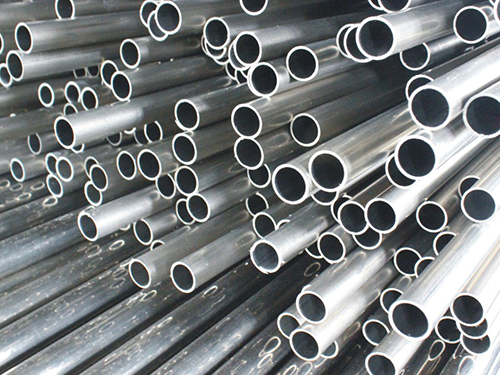6061 anodized aluminum tube tubing: anodizing is actually an electrolytic oxidation process. Speaking of this, let's first introduce some anodizing methods on the surface of 6061 aluminum tube: powder spraying, electrophoretic coating and anodizing. We have explained electrophoresis coating to you. Today, we will talk about 6061 aluminum tube surface oxidation: anode treatment.
6061 anodized aluminum tube surface anodizing is an electrolytic oxidation process. In this process, the surface of aluminum and aluminum alloy is usually transformed into a layer of oxide film, which has protective, decorative and some other functional characteristics.

According to this definition, the anodizing of 6061 anodized aluminum tube only includes the process of forming anodized film.
The metal or alloy parts are used as anode to form oxide film on the surface by electrolysis. Metal oxide film changes the surface state and properties, such as surface coloring, improving corrosion resistance, enhancing wear resistance and hardness, protecting metal surface, etc.
For example, 6061 anodized aluminum tube is anodized, and 6061 anodized aluminum tube tubing and its alloy are placed in the corresponding electrolyte (such as sulfuric acid, chromic acid, oxalic acid, etc.) as the anode for electrolysis under specific conditions and the effect of external current. The anodized aluminum or its alloy forms a thin layer of aluminum oxide on the surface, with a thickness of 5-30 μ m, and the hard anodized film can reach 25-150 μ M. After anodizing, 6061 anodized aluminum tube or its alloy can improve its hardness and wear resistance, up to 250-500kg / mm2, good heat resistance, melting point of hard anodized film up to 2320k, excellent insulation, breakdown resistance voltage up to 2000V, and enhanced corrosion resistance. It does not corrode in ω = 0.03nacl salt spray for thousands of hours. There are a large number of micropores in the oxide film, which can absorb various lubricants and is suitable for manufacturing engine cylinder or other wear-resistant parts; the micropores of the film have strong adsorption capacity and can be colored ω = 0.03 NaCl salt spray without corrosion after thousands of hours.
There are a lot of micropores in the thin layer of oxide film, which can absorb all kinds of lubricants. It is suitable for manufacturing engine cylinder or other wear-resistant parts. The micropores of the film have strong adsorption capacity and can be colored into various beautiful and gorgeous colors. Non ferrous metals or their alloys (such as aluminum, magnesium and their alloys) can be anodized. This method is widely used in mechanical parts, aircraft and automobile parts, precision instruments and radio equipment, daily necessities and architectural decoration.







